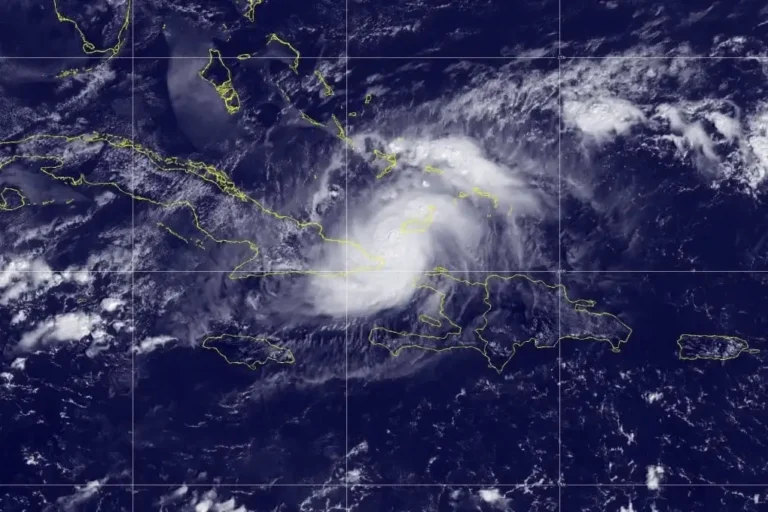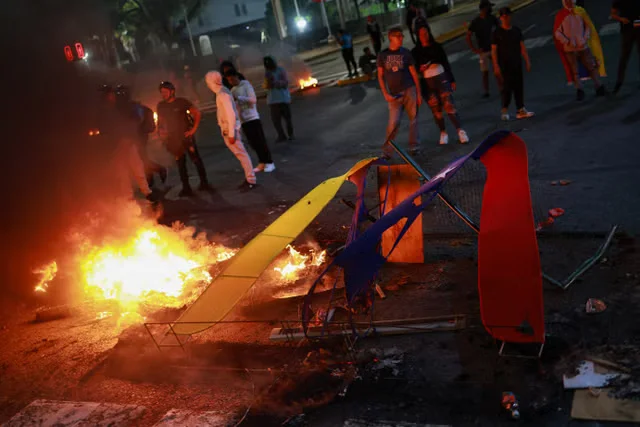Nepal Plane Crash: 18 Dead, Pilot Being The Sole Survivor

A single pilot survived the Nepal plane crash, the media and officials have confirmed after the small plane caught fire in Nepal. Nepal is already criticised for its poor air safety. The plane was headed to Pokhara city for its scheduled maintenance checks.
A small plane of Saurya Airlines took off from the runway of Nepal’s capital, Kathmandu. The plane caught fire, claiming the lives of eighteen people. There were 17 technicians and two additional crew members on the plane. Fortunately, the sole survivor was only the pilot.
(Also read: Aer Lingus Pilots Overwhelmingly Approve New Pay Deal)
The Nepali airline, Saurya, takes care of the domestic flights within the country. It has two Bombardier CRJ-200 regional jets, which are at least two decades old. These reports were generated by Flight Radar 24, a global flight tracker that gives a global live tracking of the flights.
With the absence of advanced airships and strong updated mechanisms, flying in such aeroplanes is surely fatal, as proven by the recent Nepal plane crash. Although, research suggests that an old aircraft might not be the prime reason for such fatalities. It depends on how well-maintained the flying machine is.
A video recording from the Nepal plane crash has been released. Bombardier CRJ 200 jet crashes soon after its take off. The video clearly shows that the plane got ‘out of control’ and crashed at precisely 11:15 am, local time.
The plane started tilting right and then left, soon after it was a few feet off the ground. Within a few seconds, it tilted and started dropping to the ground, blasting like a fireball. A similar video from a CCTV camera at the Nepal airport corroborated the incident when the plane crashed and exploded into flames.
History of Nepal Plane Crashes
Nepal is under attack after the unsettling consequences of the plane crash, taking numerous lives. The aviation sector is criticised for poor safety standards, insufficient staff training and several maintenance issues.
A deadly plane crash incident tantamount to this one happened in 1992. A Pakistani Airlines Airbus crashed in Kathmandu hills, ending the lives of 167 people on board. Similar misfortunes were playing their part at that time too.
Airbus A300B4-103 was a 16-year-old aircraft that had two professional pilots handling it with responsibility. However, after the plane crash, deeper investigations suggested that the pilots of the flight reported their altitudes correctly to the Nepali controllers.
But the controllers did not take a step to warn them of the unsuitable altitude. It was only seconds later that the plane crash-landed in the mountains, claiming all of the lives on the plane.
Hundreds of casualties are in the name of Kathmandu’s International Airport. Just like the crash of Thai Airways’ aircraft in the same year, 1992. It crashed into the Kathmandu mountains, killing 113 people on the flight.
Not only the Nepal plane crash but the rest of the previous air accidents in the same region, the European Union has prohibited Nepali planes from entering its vicinity. The Himalayan topography has caused problems for the Nepali air industry, despite experiencing a recent boom in the Nepali aviation sector.
Nepal has seen scores of air accidents not only because of its breath-taking mountains but also the weather conditions. The height of mountains and valleys creates challenges for professional pilots to gain control over the aircraft within seconds. It might be a bit of trouble to have extreme command in the wind directions and speed of the airliners across the mountains.
The Himalayan mountain area is considered tricky even for the eyes of the most expert pilots and aviation safety staff. A challenge is always present for the skilled pilots who have bagged several hours of flights in their pocket, still feeling confused about whether to land or take off in a risky area.
The runway of Tribhuvan International Airport is 3000 metres long, which should not have been the reason for the recent Nepal plane crash. Nevertheless, in the middle of the surrounding mountains, the flat land wouldn’t be a good choice for either a landing or take-off.






